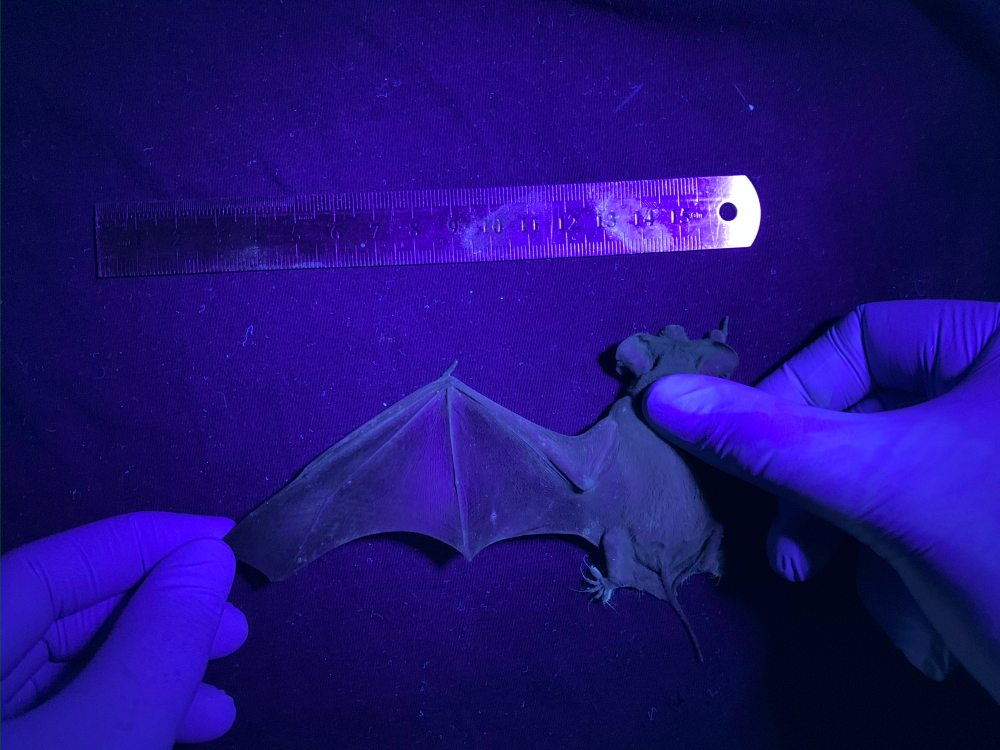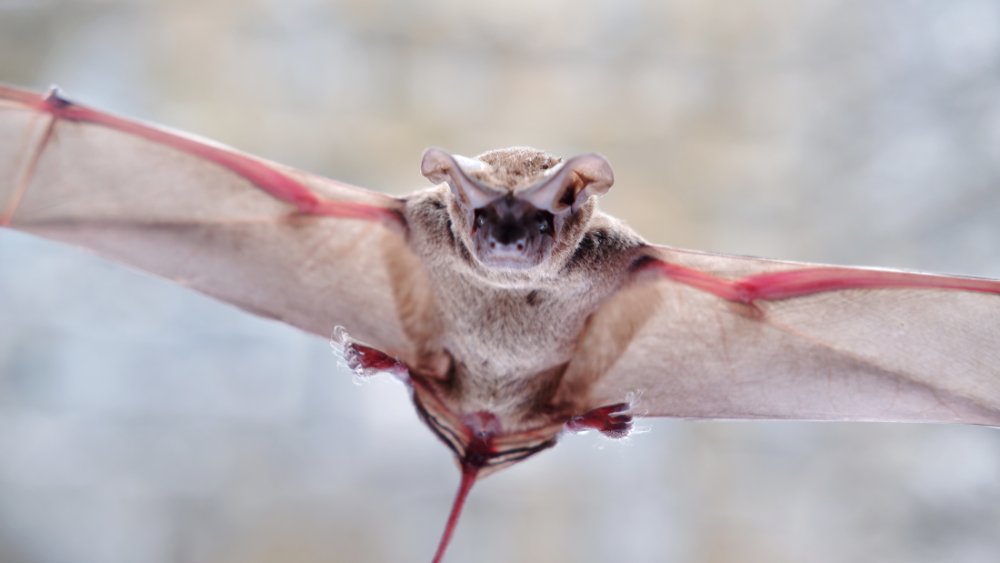A group of bats that fly as if they’re very proud of their feet have been vindicated with the discovery that their toes have a remarkable talent. When under ultraviolet (UV) light, the fluffy feet of a certain bat in Mexico glow a spooky hue of green and blue, and it’s possible it could be a way of communicating with other members of their species. A bat signal, if you please.
Some mammals glow. That’s just a fact you’re going to have to make peace with. We’ve seen it in koalas, Tasmanian devils, echidnas, wombats, zebras, and platypuses – and now we can add bats to the roster. That’s not to say that on a dark night you’ll be faced with a bat glowing like Mr Burns – it’s a specific kind of photoluminescence that’s revealed by UV light.
The bat species in question is the Mexican free-tailed bat, Tadarida brasiliensis, and it has to be said that its extremely fluffy toes are pretty remarkable even before they glow.

Other bats in the region didn’t share the glowing toes phenomenon.
Image courtesy of F. Gual Suárez
When 24 wild bats were captured and given the UV treatment with a special light, it was discovered that the tips of their toes and the many bristles on them glow blue-green. This curious trait was seen among several bats from one region, and another Mexican free-tailed bat captured around 700 kilometers (435 miles) away.
Furthermore, the twinkle toes aren’t seen in all bat species. The team also looked at the feet of Myotis velifer and saw no evidence of glowing bristles under UV light, proving it’s not a feature in all bat species.
As for what Mexican free-tailed bats are doing with their fluffy feets, one suggestion is that they may be using them for communication. The authors say that ultraviolet vision has been experimentally confirmed in bats, and the flying position of these animals certainly seems to place their fluffy toes front and center. With just enough UV radiation in the environment at twilight, it could make it a visible and informative signal to other bats in the area, but more evidence is needed to know if this is really the case.

They say put your best foot forward, and for these bats, that means both.
Image credit: Poetra.RH / Shutterstock.com
For now, it adds a fluffy air of mystery to these remarkable creatures who can claim a world-first for their talents among this group of bats.
“This is the first molossid bat for which a photoluminescent structure has been described,” concluded the authors. “It remains to be seen whether any function exists, such as intraspecific communication.”
The paper is published in the journal Mammalian Biology.
Source Link: Good News! Bats’ Incredible Twinkle Toes Glow Under Ultraviolet Light